[Looking at Korean dramas and talking about Korea] "It's okay to be neurotic": A century of development has created a picture book "Korean Wave"
Have you also fallen into the charm of "neuropathy"? With the popular Korean star Kim Soo Hyun being discharged from the army, the first starring TV series, coupled with the charming performance of the heroine Xu Ruizhi, "Although It's Neurotic But It's Okay" can be said to be the most discussed Korean drama recently. In addition to the classic fairy tales that are supertranslated in the play, the picture book also plays a very important element because it alludes to the state of mind of the protagonist.
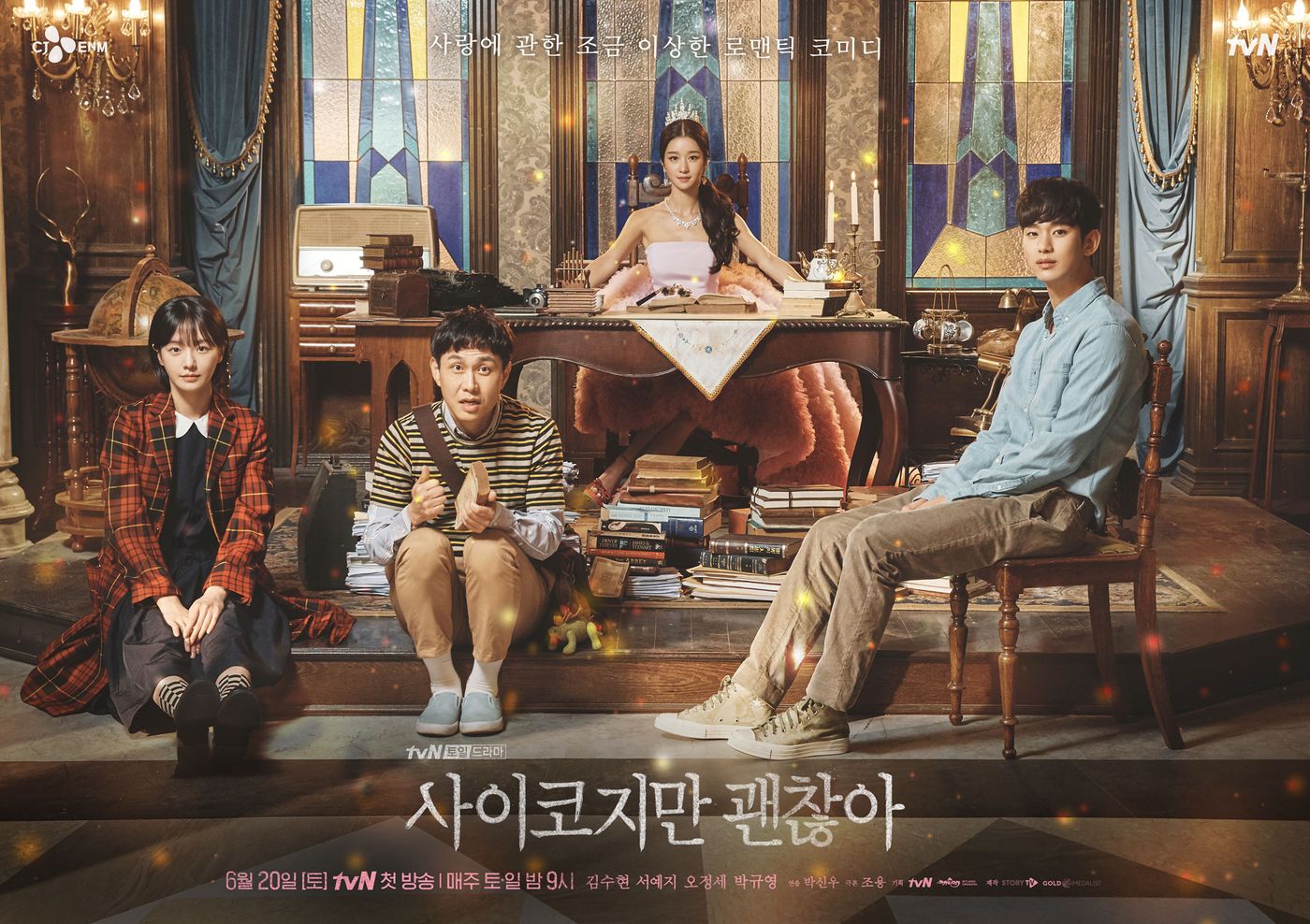
The development history of picture books in South Korea has been around for more than 100 years. Today, it is not only a children's book, but also a sustenance to soothe the hearts of adults. It is even combined with K-pop pop music to create a greater space for development. This time, "Looking at Korean Dramas and Talking About Korea", we will talk about the development history of Korean picture books, and understand how picture books have transformed from children's books to the core theme of popular TV dramas.
Picture Books of Qu Gao and Widow Ancestors: A Teen Magazine
According to the records of the Korean website "Picture Book Museum" ( 크림책박물관 ), the ancestors of Korean picture books come from youth magazines, among which "Youth Korean Peninsula" (소년한반도), which was founded by Liang Zaihua (양재건) in 1906, is the earliest. In order to "promote the spirit of independence, freedom and egalitarianism", the content of "Youth Korean Peninsula" advocates new education and emphasizes the necessity of new literature, hoping to enlighten the people. However, the magazine only survived for 6 issues in the end, and was officially discontinued in April of the following year.
In the same period of youth magazines, there is also "Youth" (소년) founded by Choi Nam Sun (최남선) in 1908. Although it is longer than "Youth Korean Peninsula", the readership of "Youth" is pitifully small. There were only 6 readers in the first issue, 14 in the second issue, and less than 200 readers a year later. In addition, "Juvenile" was forced to suspend publication in 1910. Although the ban was lifted three months later, it was announced to suspend publication four months later, and the total number of issues remained at 23.
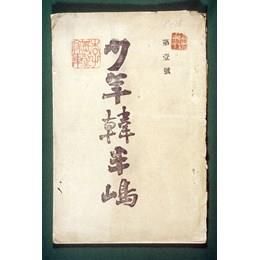
It was not until Fang Dinghuan (방정환) founded the juvenile publication "Children" (어린이) in 1923, which continued to issue 122 issues, that Korean children's literature officially entered its infancy. Originally, only a brush and a ballpoint pen were used to depict figures or plants of about 3 to 5 cm in size next to the text. Later, more and more attention was paid to the visual presentation of pictures, and the illustrations were even drawn directly in the center of the article.
Due to the prosperity of foreign fairy tales at that time, the appearance of "Children" was actually founded with the ideal of "laying the foundation for North Korean fairy tales"; at the same time, there was also the first one-line children's book issued under the direction of the North Korean Governor's Office. Collection of Korean Fairy Tales (조선동화집, 1924). However, due to the consideration of the national system, politics, and content form, South Korea can really be called a publication of picture books, and it must not be born until the late 1940s.
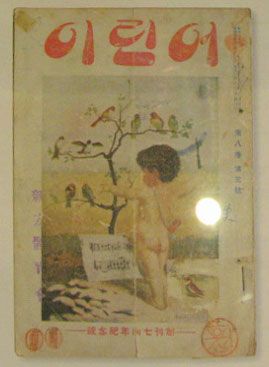
Sustaining the Tradition of "Unstable Books": 1950s-1980s
The first publication in Korea in the form of a "picture book" was "Our Songs" (우리들노래, 1947), which not only had pictures on every side, but also included a poem for children. After the time entered the 1950s, "traditional fairy tales" books also began to develop. Every year, more than one book appeared on the market and became the mainstream of picture books. It was not until the 1970s that other themes began to appear.
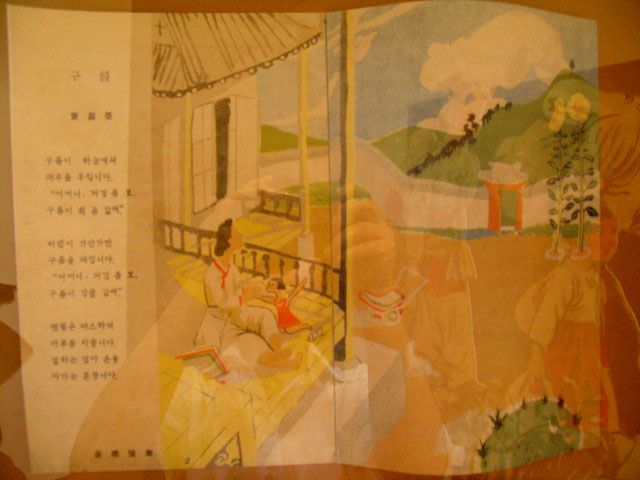
Different from the current picture books, because lithography is not yet developed and the use of primary colors has not yet begun, the color of the picture books in this period is more "retro". The simple and simple style of painting was also one of the characteristics of the time. Later, after the introduction of the Western mass-produced operation mode, the traditional printing method was gradually replaced.
After the 1980s, picture books with "sets" as a unit began to appear. There are not only sets of 10 or 20 books, but even a book called "Picture Kingdom 100" (그림나라100), which claims to be releasing 100 copies. The big plan appears (the last publication will stop when it reaches 60 copies). Such a trend of "suits" continued until the late 1980s and early 1990s, when it was gradually replaced by single-line picture books.
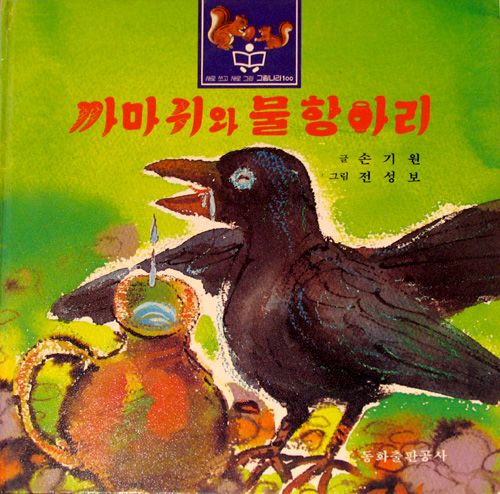
However, in this era of the gradual development of picture books, the incident of "burning books and beating Confucian scholars" occurred in the Korean picture book industry. In 1988, the Park Chung-hee government formulated the " Standard Language and Hangeul Orthography", which stipulated the "orthodox" standards for Hangeul pinyin and pronunciation, and at the same time set the books that did not meet the tone as "unstable books" (불은서적, books that convey incorrect ideas). , resulting in a large number of previously produced picture books began to disappear. Now if you want to find these precious historical relics, you can only try your luck occasionally in the old book stall.
"Baekdu Mountain", which established the milestone of Korean picture books
"Baekdu Mountain" is located on the border of North and South Korea. It is considered to be the spiritual mountain of the Korean nation. It is of great significance to the Koreans and even the Korean nation. In the Korean picture book industry, there is also a book called "Baekdu Mountain", which not only took 4 years to produce, but is also regarded as a milestone in establishing the tradition of Korean picture books. However, the beginning of this "unparalleled masterpiece" actually started with an unreferenced poll.

As some designers and illustrators began to pay attention to the field of picture books, a large number of single-line picture books appeared in the 1980s. After the birth of special picture book writers, traditional fairy tale picture books also entered their heyday. In order to showcase the achievements of Korean culture and picture books to the world, the publisher "Wonki" decided to conduct a poll at that time, asking parents what books and topics they would like their children to read.
However, things were not as simple as imagined. The poll results were released, and softer themes such as "Little Boy and Girl" and "Thirty Thousand Miles to Find Mother" received overwhelming support. At this time, the publishing house decided to do the opposite, and finally produced "The Story of Baekdu Mountain" (백두산이야기, 1988), which fell short of everyone's eyes.
With khaki as the main color, "The Story of Baekdu Mountain" takes the Baekdu Mountain area as the background, telling the villagers living in Joseon Village to live peacefully and hard in order to build a prosperous and strong country. However, one day, the "black dragon giant" appeared, causing the North Korean villagers to experience a major crisis. Fortunately, the "white-headed giant" finally appeared and led the villagers to defeat the enemy. After defeating the "Black Dragon Giant", the "White-Headed Giant" lays flat on the ground and becomes the Mount Paektu that protects the Korean nation.
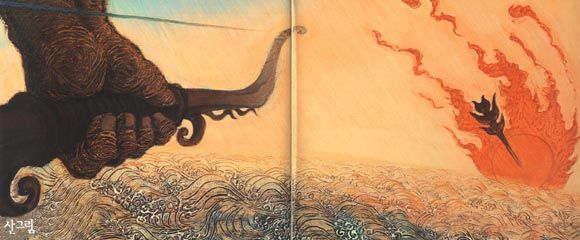
Combined with the consciousness of the Korean people and the belief in the mountain spirit, although "Baekdu Mountain Story" did not comply with the poll results, it became a legend in the history of Korean picture books. Even the president of the well-known "Gospel Museum Bookstore" in Japan at that time praised: "This book can feel the heritage of Korean culture."
The great success of this work not only proved the publisher's unique vision, but also set a milestone. At the same time, Korean picture books also took the train of the government to promote the cultural industry.
Entering into the international picture book "Korean Wave" blossoms and bears fruit
After the Asian financial crisis in 1997, the Kim Dae-jung government was committed to economic recovery and began to attach importance to the cultural industry. In 2000, the "Cultural Industry Outlook 21" project, which led to the establishment of the "Korea Cultural and Creative Industry Promotion Institute", was born, and the number of Korean picture books published increased from 40 in the previous year to 123, and then began to explode. In the following year, due to the massive output of the "Barley" publishing house, it reached the first peak in history.

In addition, the generations who were born in the 1980s and were influenced by picture books as children also came of age during this period, and began to realize their own picture book dreams, injecting living water into the market. In 2004, Shin Dong-jun (신동준)'s "The Subway is Coming" (지하철은달려온다) and Yoon Mi-sook (윤미속)'s "Red Bean Porridge Grandma and the Tiger" (팥죽할멈과호랑이) were both awarded special opportunities to explore their potential. The illustrator's Lagaz Award for Excellence was recognized, setting a record for Korean picture books in international awards.
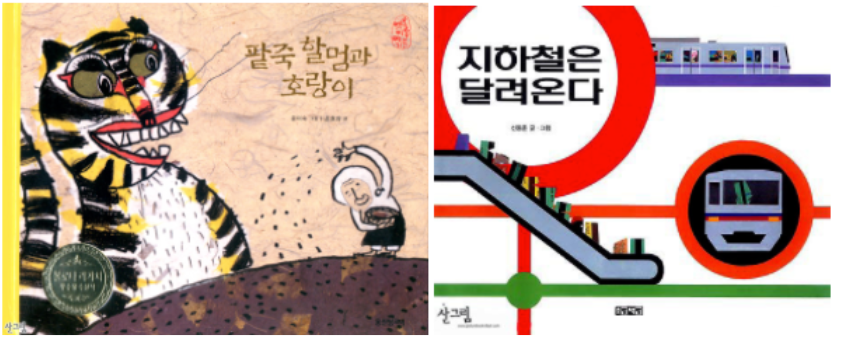
Then in 2005, writer Han Bing-ho (한병호)'s "Want to Become a Bird" (새가되고싶어) won the Golden Apple Award at the Biennial of Illustrations Bratislava (BIB), setting a record for South Korea's first in this exhibition. The award-winning record has also driven the continuous growth of the picture book market.
Although in 2009, with the economic recession, South Korea's economic growth fell to 0.8% for the first time (the lowest after the Asian financial crisis in 1997), and the output of picture books also shrank slightly, but since that year, Korean writers have been in Lagaz for seven consecutive years. The awards were affirmed, including as many as 6 books in 2015, and Korean writers won the New Horizons in 2014 and 2018. In addition, since 2011, every session has made gains in BIB, which has also continued to expand the picture book industry, which has nearly tripled in less than ten years.
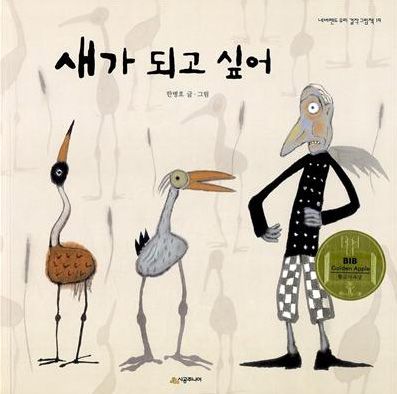
According to the statistics of the Korean government in 2019, among all books, children's books have the second highest annual growth rate after reference books. Ben's record. As the subject matter becomes more and more diverse, reading picture books is no longer the patent of children.
The presentation of pictures and short texts is not only in line with the reading habits of modern people, but also has become a sustenance for many people to soothe their souls under the huge pressure of life. In June 2020, the South Korean troupe "BTS" released the "Illustrated Lyrics Book", which combined lyrics with picture books, breaking through the auditory limitations of songs and sparking discussions among fans.
It was originally just to protect traditional culture, but now it has entered the world, and even combined with Korean dramas and K-pop to create a new Korean wave. Looking back on the 100-year history of Korean picture books, including preserving traditional culture, promoting Korean values, and finally winning international awards, it contains the hard work of thousands of people and the result of devoting national resources to promote the cultural industry. With the popularity of "It's Okay, It's Okay", the overseas market of Korean picture books is sure to be promising.
Like my work? Don't forget to support and clap, let me know that you are with me on the road of creation. Keep this enthusiasm together!

- Author
- More